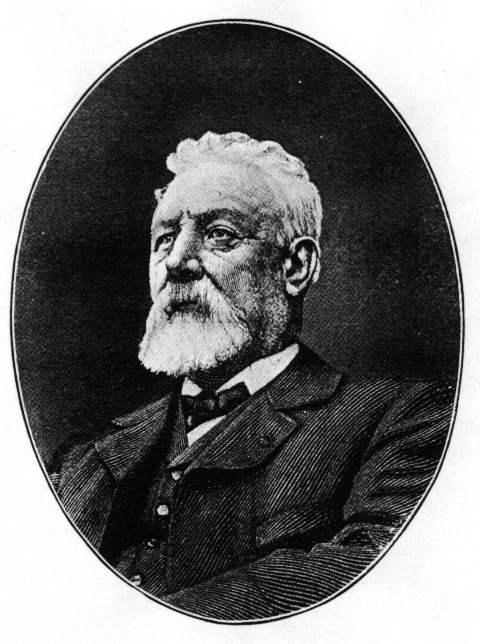We are on the cusp of a future already rewriting itself…
Today Apple finally released their iPad – a tablet-sized device that’s the same size (and price) as a Kindle DX. As I argued last week, this proves that the tablet-sized reader is here to stay. And in honor of today’s milestone, there was some interesting perspective from an Iranian-American journalist on The Huffington Post.
To me, Kindle is like the first Black and White TV that showed up in living rooms, the kind that streaked like a zebra in motion and crackled like a kid’s walkie-talkie, the kind that required antennae-fiddling to get a clear picture and decent sound, the kind that families increasingly bought and sat around.
As primitive as it is, it’s the first wave of a much bigger change. Digital readers will become part of our lives, and (as Charlotte Safavi writes), “When it comes to books, I have come to terms with the fact that it is the written word that counts, not the medium upon which it is delivered.”
And I was touched by the example she used: the epic 19th-century poetry collection “Leaves of Grass” by Walt Whitman.
It avails not, time nor place–distance avails not,
I am with you, you men and women of a generation, or ever so many generations hence…
I was touched because I was just reading that very poem this Saturday.
And yes, it is available for free on the Kindle…
